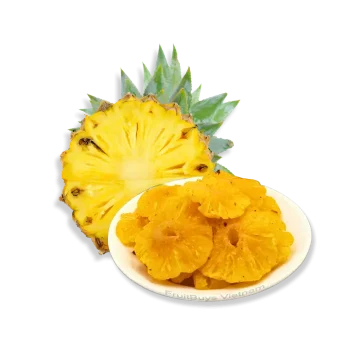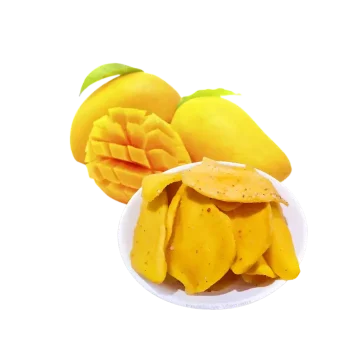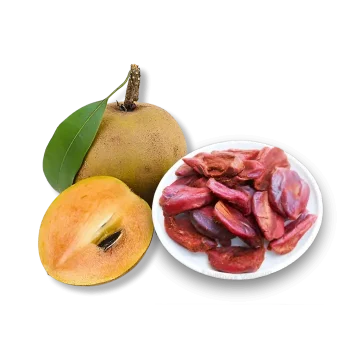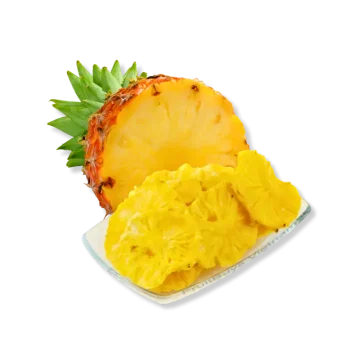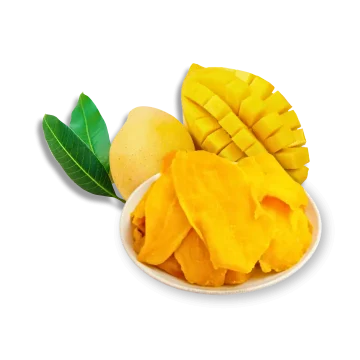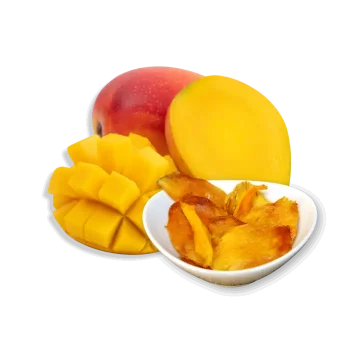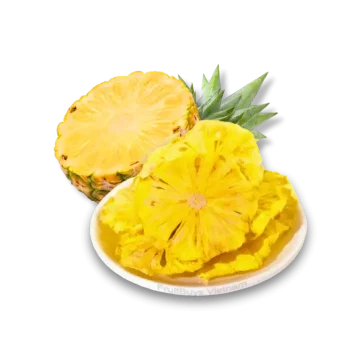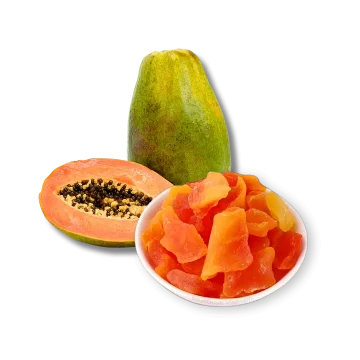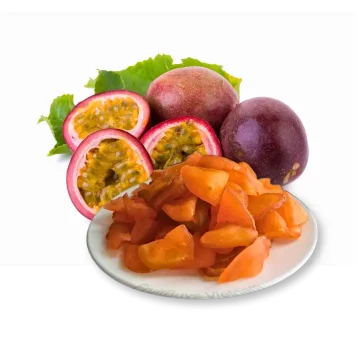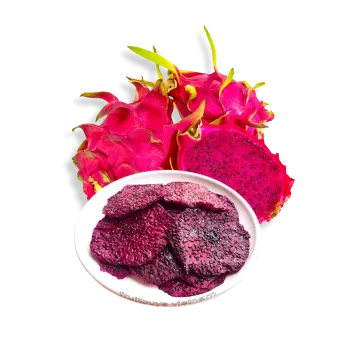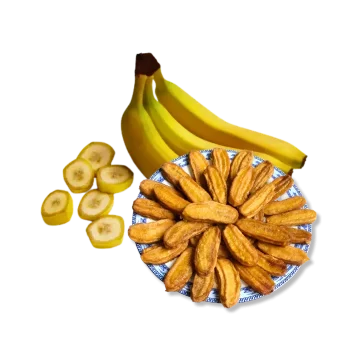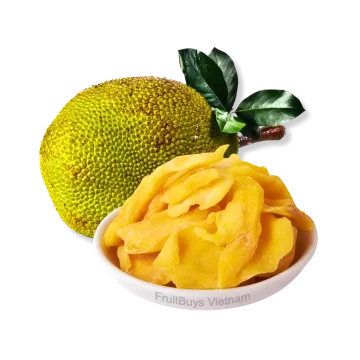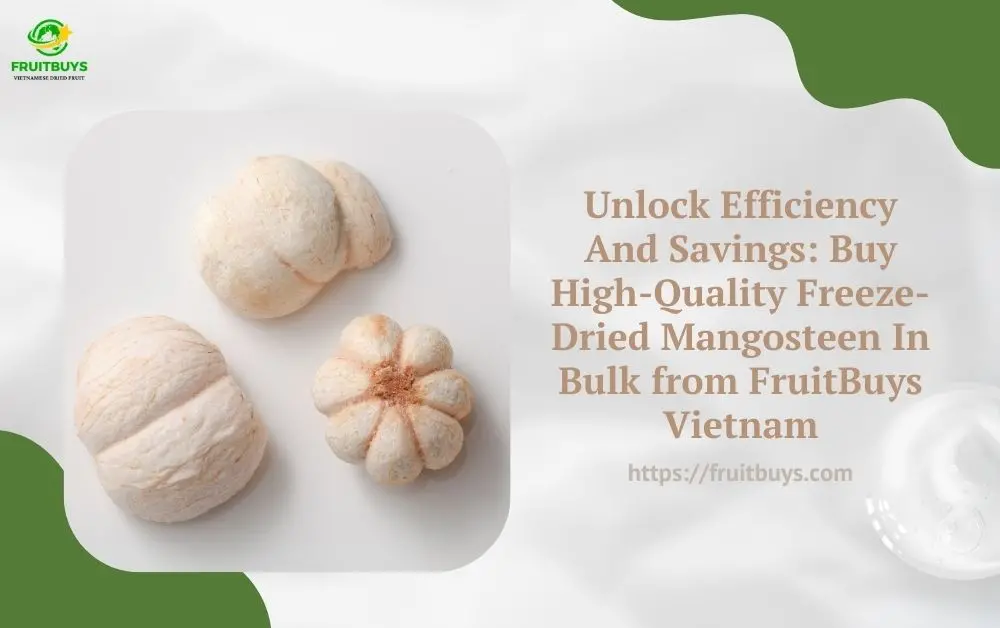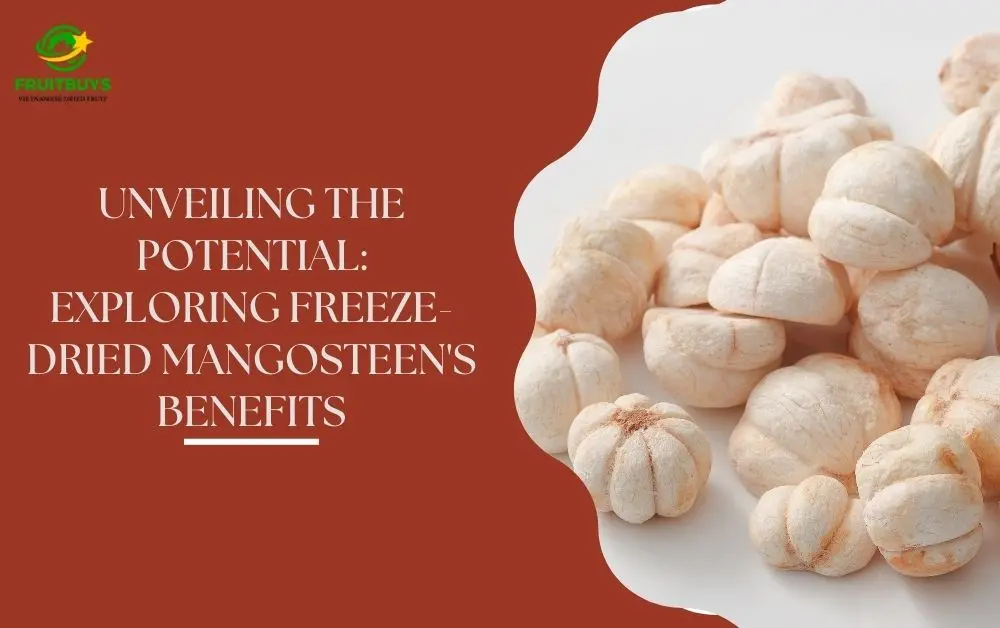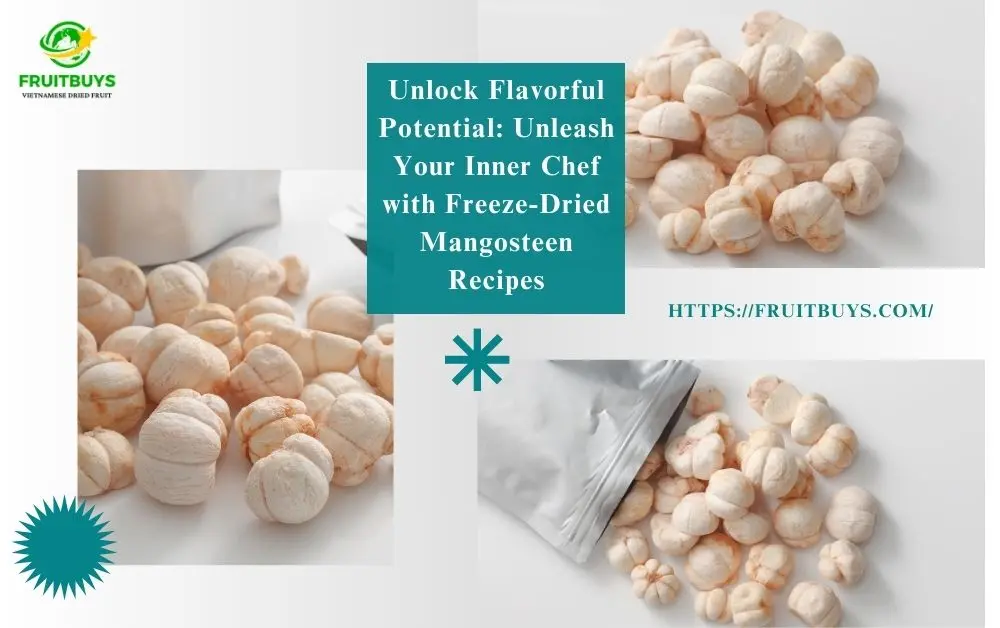Mango is one of the most loved tropical fruits around the world. It’s sweet, juicy, and packed with nutrients. However, ripe mangoes have a short shelf life and can spoil quickly. Drying mangoes is a great way to preserve them for a long time, and you can enjoy them as a healthy snack anytime. In this article, we will teach you how to make dried mangoes using different techniques, including hot air drying, vacuum frying, and freeze-drying. We will also discuss some tips to store and preserve them for long-term use.
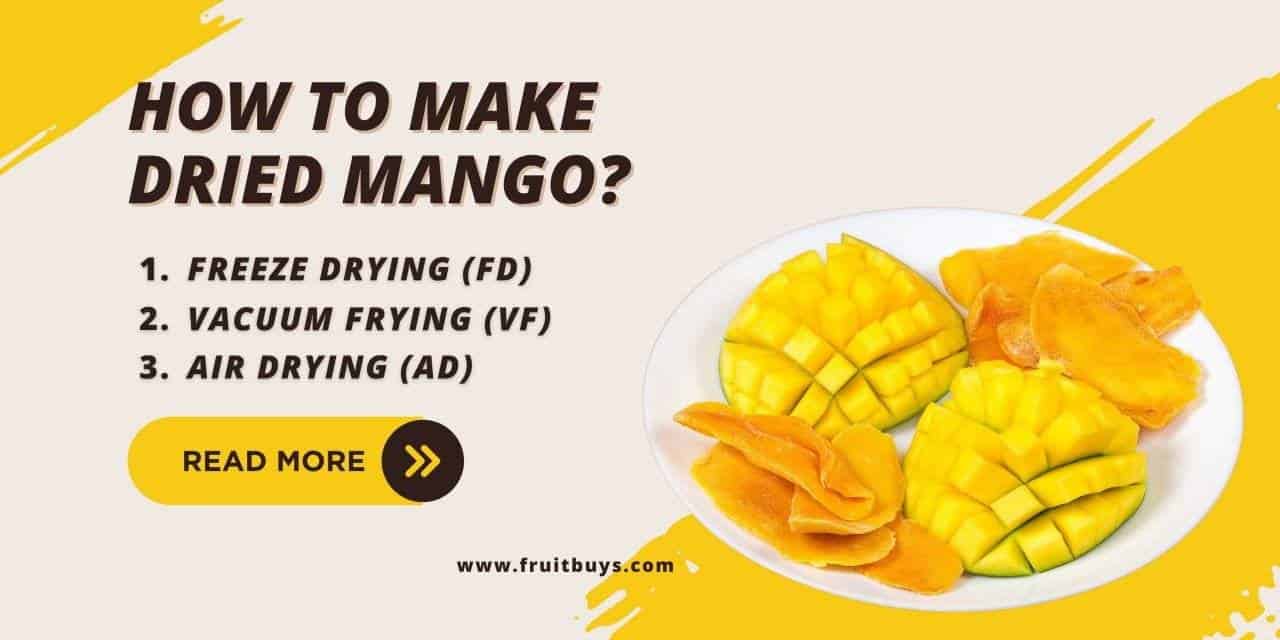
I. Required Materials
To make dried mangoes, you will need the following materials:
- Ripe mangoes
- A sharp knife
- A cutting board
- A peeler
- A baking sheet or a wire rack
- A food dehydrator (optional)
- An oven (optional)
- A freezer (optional)
- A vacuum sealer (optional)
- Spices or seasonings (optional)
II. How to Choose Ripe Mangoes for Drying
The quality of your dried mangoes depends largely on the quality of your fresh mangoes. You want to choose ripe mangoes that are firm, plump, and have a sweet aroma. Avoid mangoes that are overripe, bruised, or have dark spots. You can also check the color of the skin and the flesh. The skin should be yellow or orange with some red blush, and the flesh should be golden or orange. If the flesh is green or white, the mango is unripe and will not taste good when dried.
III. How to Remove the Skin and Slice Mangoes
Before you dry your mangoes, you need to remove the skin and slice them into thin pieces. Here are the steps to follow:
- Wash your mangoes under running water and pat them dry with a paper towel.
- Peel your mangoes using a peeler or a knife. Be careful not to cut yourself or waste too much flesh.
- Cut your mangoes along the sides of the pit. You should get two large pieces and two smaller pieces from each mango.
- Slice your mango pieces into thin strips or wedges, about 1/4 inch thick or less. Try to make them uniform in size and thickness for even drying.
- If you want to add some flavor to your dried mangoes, you can sprinkle some spices or seasonings on them. Some popular options are cinnamon, ginger, chili powder, salt, sugar, honey, or lime juice.
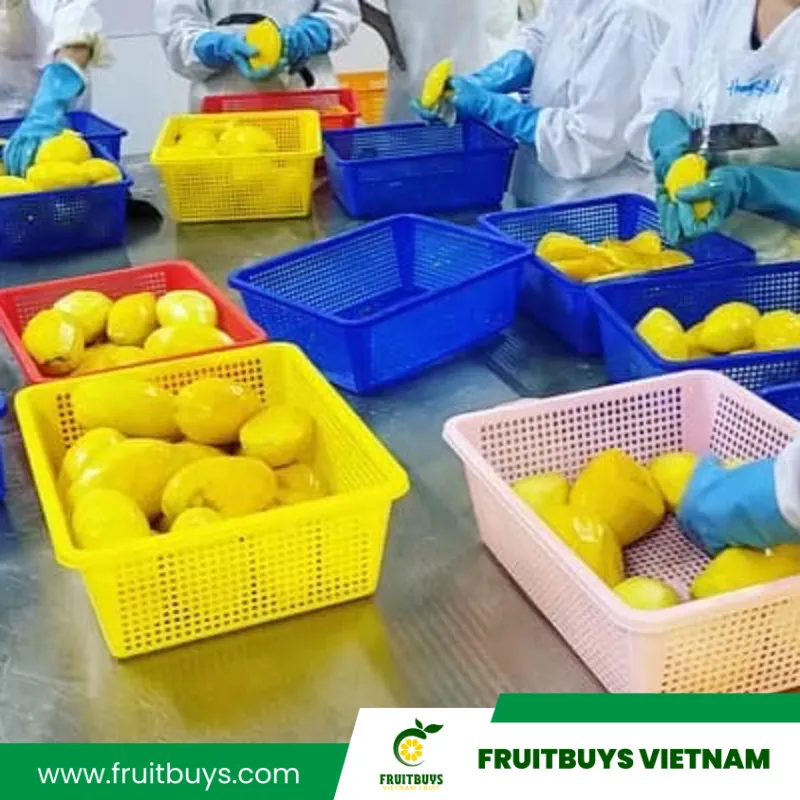
IV. Methods for Drying Mangoes
Read more: Exploring The Differences Between Freeze-Drying, Heat-Drying, And Vacuum Frying
There are several methods for drying mangoes, each with its own advantages and disadvantages. Here are some of the most common ones:
- Air Drying (AD) Technology: This is the most widely used method for drying fruits and vegetables. It involves exposing the mango slices to hot air in a food dehydrator or an oven. The hot air removes the moisture from the mangoes and preserves them. This method is relatively fast, easy, and inexpensive. However, it may cause some loss of nutrients, flavor, and color in the dried mangoes.
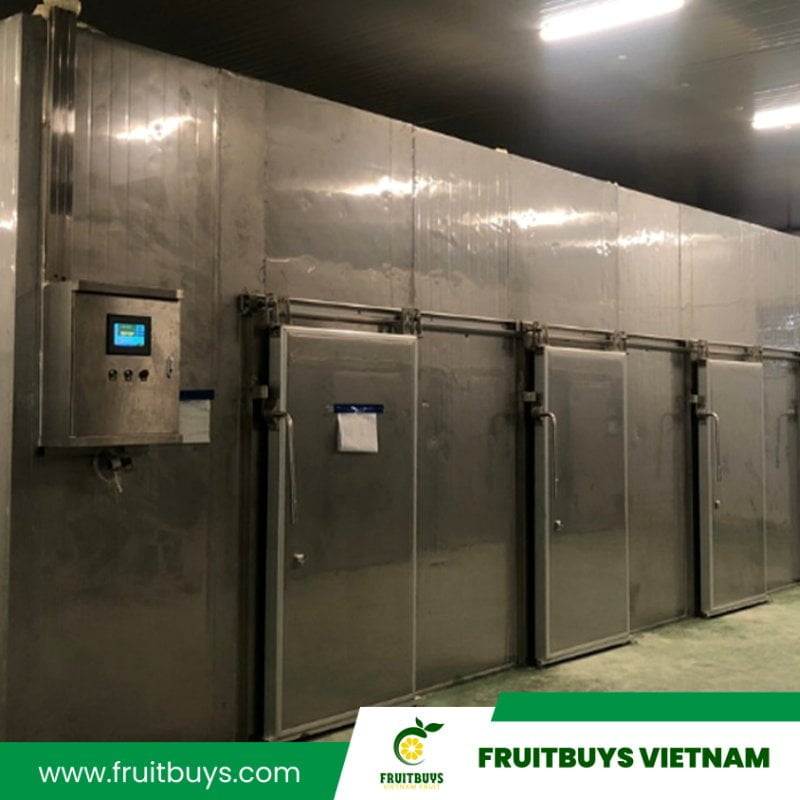
- Mangoes in the Oven: This is a variation of the hot air drying method that uses an oven instead of a food dehydrator. The oven temperature should be set to the lowest possible setting (around 50-60 degrees Celsius) and the mango slices should be arranged on a baking sheet in a single layer. The oven door should be slightly open to allow the moisture to escape. The drying time may vary depending on the thickness of the slices and the oven temperature, but it usually takes around 6-8 hours. This method is convenient if you don’t have a food dehydrator, but it may consume more energy and heat up your kitchen.
- Freeze Drying (FD) Technology: This is a more advanced method for drying fruits and vegetables that involves freezing them first and then removing the water by sublimation. Sublimation is a process where a solid turns directly into a gas without passing through a liquid phase. The freeze-dried mangoes retain most of their nutrients, flavor, color, and texture. They are also very lightweight and easy to store. However, this method requires special equipment that is expensive and not widely available.

- Vacuum Frying (VF) Technology: This is a novel method for drying fruits and vegetables that involves frying them in hot oil under low pressure. The low pressure reduces the boiling point of water and allows it to evaporate quickly from the mango slices. The oil also acts as a heat transfer medium and prevents oxidation and browning of the mangoes. The vacuum-fried mangoes have a crispy texture and an enhanced flavor. They are also rich in antioxidants and phytochemicals. However, this method also requires special equipment that is costly and not widely available. It also adds fat and calories to the dried mangoes.
V. Can You Make Different Types of Dried Mangoes?
Yes, you can make different types of dried mangoes by using different methods and adding different ingredients. Here are some examples:
- Mango Chips: These are made by using the vacuum frying method and adding some sugar or salt to enhance the flavor. They have a crunchy texture and a sweet or savory taste. They are perfect for snacking or as a topping for salads or desserts.
- Unsweetened Mango No Sugar Added: These are made by using the hot air drying method without adding any sugar or other sweeteners. They have a chewy texture and a natural sweetness from the mangoes. They are ideal for people who want to avoid added sugars or who have diabetes.
- Dried Mango Slices Low Sugar Snacks: These are made by using the hot air drying method and adding a small amount of sugar or honey to balance the acidity of the mangoes. They have a soft texture and a mildly sweet taste. They are suitable for people who want to reduce their sugar intake or who have a sweet tooth.
- Dried Chili Mango Spicy Snacks: These are made by using the hot air drying method and adding some chili powder or flakes to spice up the flavor. They have a tangy texture and a spicy kick. They are great for people who love spicy foods or who want to boost their metabolism.
- Freeze Dried Mango: These are made by using the freeze-drying method without adding any ingredients. They have a light texture and an intense flavor. They are excellent for people who want to preserve the maximum nutrients and quality of the mangoes or who want to enjoy them as they are.
VI. Is It Possible to Make Dried Mangoes Without a Food Dehydrator?
Read more: Is Dried Mango Good For You? Exploring The Health Benefits And Nutritional Value
Dried mangoes are a delicious and healthy snack that can be enjoyed all year round. They are rich in vitamin C, fiber, antioxidants, and natural sugars. But what if you don’t have a food dehydrator at home? Can you still make your own dried mangoes? The answer is yes! You can use your oven or microwave to dry mangoes without a dehydrator. Here are the steps to follow:
- Wash and peel the mangoes. Cut them into thin slices or small pieces.
- Arrange the mango slices or pieces on a baking sheet lined with parchment paper. Leave some space between them to allow air circulation.
- Preheat your oven to 70°C (160°F) or the lowest setting possible. Place the baking sheet in the oven and bake for 3 to 4 hours, flipping the mangoes halfway through. Check them frequently and remove them when they are dry and chewy, but not brittle.
- Alternatively, you can use your microwave to dry mangoes. Place the mango slices or pieces on a microwave-safe plate and microwave for 10 minutes on high power. Flip them over and microwave for another 10 minutes or until they are dry and chewy.
- Let the dried mangoes cool completely before storing them in an airtight container.
VII. Shelf Life of Dried Mangoes
Dried mangoes can last for a long time if stored properly. The shelf life of dried mangoes depends on several factors, such as the type of drying method, the amount of sugar added, the presence of preservatives, and the storage conditions. Here are some examples of different types of dried mangoes and their shelf life:
- Mango Chips (9-12 months): These are crispy and crunchy dried mangoes that are usually coated with sugar or honey. They have a longer shelf life than other types of dried mangoes because of the low moisture content and the added sweeteners.
- Unsweetened Mango No Sugar Added (6-9 months): These are dried mangoes that have no added sugar or preservatives. They have a shorter shelf life than mango chips because of the higher moisture content and the lack of sweeteners. They should be stored in a dry, cool place at a temperature of 10-20 degrees Celsius.
- Dried Mango Slices Low Sugar Snacks (9-12 months): These are dried mango slices that have a small amount of sugar added to enhance the flavor and texture. They have a similar shelf life as mango chips because of the moderate moisture content and added sweeteners.
- Dried Chili Mango Spicy Snacks (9-12 months): These are dried mango slices that are coated with chili powder or other spices. They have a similar shelf life as mango chips because of the low moisture content and the added spices.
- Freeze Dried Mango (12-18 months): These are dried mango pieces that are frozen and then dried using a special process that preserves their shape, color, flavor, and nutrients. They have the longest shelf life among all types of dried mangoes because of the very low moisture content and the absence of additives.
VIII. Ways to Store Dried Mangoes:
The best way to store dried mangoes is to keep them in an airtight container in a cool, dark place. This will prevent them from absorbing moisture, losing flavor, or becoming moldy. Here are some tips on how to store different types of dried mangoes:
- Vacuum Seal: This is a method of removing air from a plastic bag or container before sealing it. This will extend the shelf life of dried mangoes by preventing oxidation, insect infestation, and bacterial growth.
- Store in a Cool, Dark Place: This is a simple way of keeping dried mangoes away from heat, light, and humidity. This will preserve their quality and freshness for longer.
- Unsweetened Mango No Sugar Added: These dried mangoes have no preservatives so they need the cold temperature to prevent spoilage. They should be stored in a dry, cool place at a temperature of 10-20 degrees Celsius.
IX. How to Soften Dried Mangoes
Dried mangoes are a delicious and healthy snack that can satisfy your sweet tooth and provide you with many nutrients. However, sometimes they can be too hard or chewy to enjoy, especially if they have been stored for a long time or exposed to moisture. In this blog post, we will show you how to soften dried mangoes using some simple methods that you can try at home. One of the easiest ways to soften dried mangoes is to soak them in water for a few minutes.
This will help to rehydrate them and make them more pliable and juicy. You can use warm or cold water, depending on your preference. You can also add some sugar, honey, lemon juice, or other flavorings to the water to enhance the taste of the dried mangoes. After soaking, drain the excess water and pat the dried mangoes dry with a paper towel. Another method to soften dried mangoes is to steam them over boiling water for a few minutes.
This will also help to rehydrate them and make them softer and more tender. You can use a steamer basket or a colander over a pot of water to steam the dried mangoes. You can also sprinkle some sugar or spices over the dried mangoes before steaming to add some extra flavor. A third method to soften dried mangoes is to microwave them for a few seconds.
This will help to warm them up and release some of their natural juices. You can place the dried mangoes in a microwave-safe bowl or plate and cover them with a damp paper towel. Microwave them on high for 10 to 15 seconds, or until they are soft enough for your liking. Be careful not to overheat them, as they can burn easily.

X. Conclusion
Dried mangoes are a great snack that can offer you many health benefits, such as fiber, vitamins, and minerals. However, sometimes they can be too hard or chewy to enjoy. Fortunately, there are some easy ways to soften dried mangoes using water, steam, or microwave. You can also add some flavorings to the dried mangoes to make them more delicious.
If you are looking for high-quality dried mangoes that are soft, sweet, and natural, you should check out FruitBuys Vietnam. They are a trusted supplier of premium exotic fruits and healthy snacks that use different drying technologies to preserve the freshness and flavor of their products. They also offer wholesale prices, quality assurance, and logistics services for their customers. Whether you are looking for Alibaba wholesale, Etsy shop, eBay store, Amazon FBA, or dropshipping suppliers, FruitBuys Vietnam can meet your needs and expectations.
XI. FAQs – People Also Ask:
How long does it take to dry mangoes?
- It depends on the method and the thickness of the mango slices. Generally, it can take anywhere from 6 to 24 hours to dry mangoes using an oven or a dehydrator. You can tell when the mangoes are done when they are leathery and flexible but not sticky.
Can you use fresh mangoes to make dried mangoes?
- Yes, you can use fresh mangoes to make dried mangoes at home. You will need to peel and slice the mangoes into thin pieces and arrange them on a baking sheet or a dehydrator tray. Then you will need to dry them using an oven or a dehydrator at a low temperature until they are done.
What are the benefits of eating dried mangoes?
- Dried mangoes are rich in fiber, which can help with digestion and prevent constipation. They also contain vitamins A and C, which can boost your immune system and protect your eyesight. They also have antioxidants that can fight free radicals and prevent oxidative stress. Additionally, dried mangoes have iron, calcium, potassium, and magnesium that can support your blood health, bone health, nerve function, and muscle contraction.
How many calories are in dried mangoes?
- Dried mangoes are more calorie-dense than fresh mangoes because they have less water content and more concentrated sugars. One ounce (28 grams) of dried mangoes has about 100 calories, while one cup (165 grams) of fresh mangoes has about 99 calories.
Can you eat the skin of dried mangoes?
- Yes, you can eat the skin of dried mangoes if you like. The skin is edible and contains some fiber and antioxidants that can benefit your health. However, some people may find the skin too tough or bitter to enjoy. If you prefer not to eat the skin of dried mangoes, you can peel them before drying or after soaking.
CONTACT US
- Mobile / WhatsApp: (84) 919 739 589 (Udo Nguyen)
- Email: support@fruitbuys.com
- Office: 10/2 Ky Con, Phu Nhuan, Ho Chi Minh City, Vietnam – 700000
- Website: FruitBuys Vietnam
- Pinterest: FruitBuys Vietnam
- Facebook: FruitBuys Vietnam
- Instagram: FruitBuys Vietnam
- YouTube: FruitBuys Vietnam
- LinkedIn: FruitBuys Vietnam
- Twitter: FruitBuys Vietnam
- Alibaba Store: FruitBuys Vietnam
- Etsy Store: FruitBuys Vietnam
- eBay Store: FruitBuys Vietnam
FruitBuys Vietnam is a leading supplier of freeze dried fruit and dried fruit snacks in Vietnam. We dry fruit without added sugar to create healthy and delicious snacks for both individuals and businesses. We offer a wide variety of fruits, great wholesale prices, and fast shipping. We also provide packaging and printing services, no minimum quantity order policy, free samples, and support for customs clearance. Contact us today to order our high profit margin products and taste our dried fruits.

